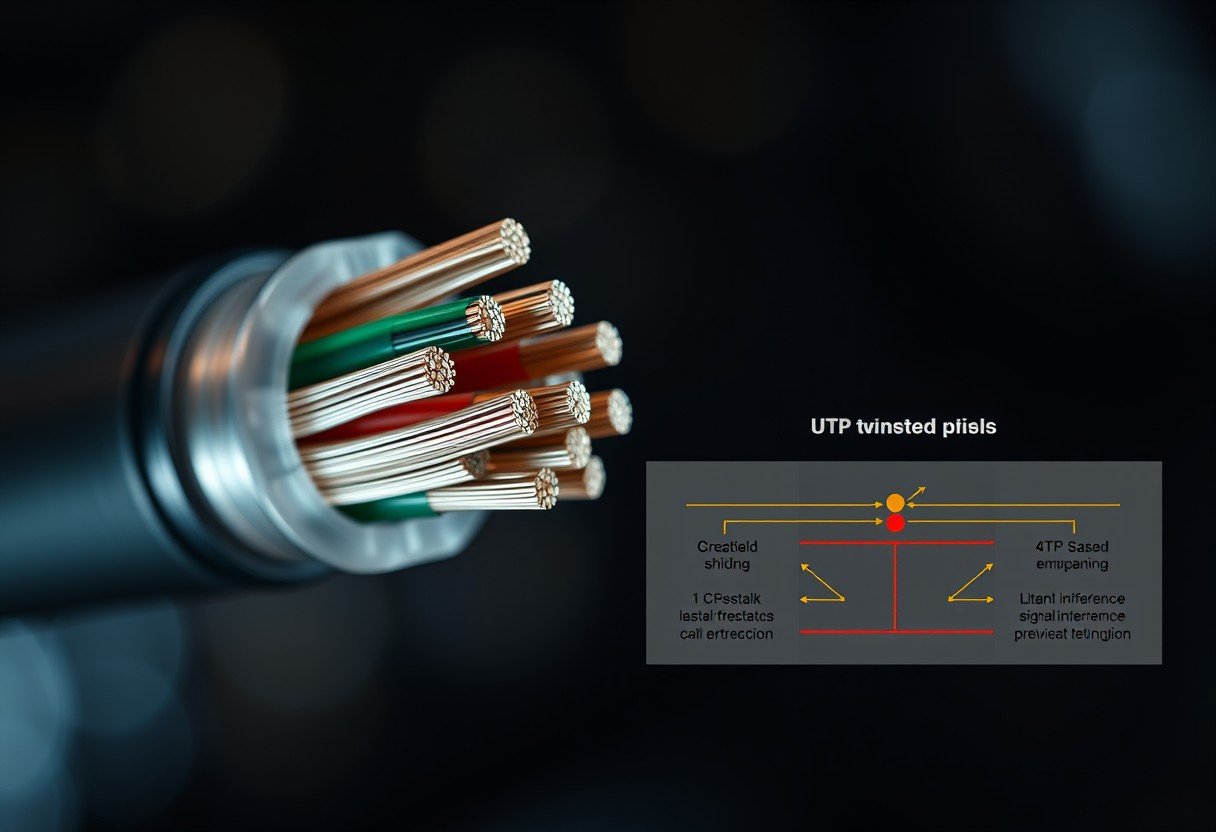Many parents choose non-Wi-Fi baby monitors believing they are a completely secure, low-tech solution. However, these devices are not immune to hacking. Malicious individuals can exploit their radio frequency signals to eavesdrop on your home, creating significant privacy and safety risks. Understanding how these monitors can be compromised is the first step for any parent looking to protect their family and ensure their peace of mind while monitoring their little one.
How Non-Wi-Fi Monitors Actually Work
Unlike their Wi-Fi counterparts that connect to your home internet, non-Wi-Fi baby monitors operate like a private, two-way radio system. The camera unit in your baby’s room transmits audio and video signals directly to a dedicated parent unit using specific radio frequencies. This creates a closed-circuit system that doesn’t rely on the internet.
This direct connection is why many people consider them safer. However, the security of that connection depends entirely on the technology used. Older models often use simple analog signals, while newer ones use more secure digital transmissions.
There are several types of non-Wi-Fi monitors available, each with different levels of security.
| Type | Description |
|---|---|
| Analog Monitors | Use older radio technology. These are the most vulnerable to signal interception and interference from other devices. |
| Digital Monitors | Convert audio and video into digital data, offering a clearer signal with less interference and better security than analog. |
| DECT Monitors | Use a specific digital standard (Digital Enhanced Cordless Technology) that provides a private, encrypted, and interference-free connection. |
Key Vulnerabilities You Should Know About
The biggest myth about non-Wi-Fi monitors is that they are unhackable. In reality, their vulnerabilities are just different from those of internet-connected devices. The primary weakness lies in how they transmit their signals.
The most significant risk comes from unencrypted analog signals. Anyone nearby with a simple radio scanner can tune into the same frequency your monitor is using and see or hear everything that the monitor does. It’s like listening to a public radio station, but the broadcast is coming from inside your home.
Another issue is proximity. A hacker needs to be within the monitor’s broadcast range, which could be from a car on the street, an adjacent apartment, or even next door. While this is better than being hacked from across the world, it is still a disturbing violation of privacy for anyone living in populated areas.
The Real Risks of a Hacked Baby Monitor
A compromised baby monitor is more than just a technical problem; it’s a deep invasion of your family’s privacy and sense of security. The consequences can be unsettling and have a lasting psychological impact.
Unauthorized access means a stranger could be listening to private conversations, observing your daily routines, or worse, watching your child sleep. This data could be used for malicious purposes, turning a device meant for safety into a tool for surveillance.
The emotional toll on parents can be immense. The fear and anxiety from knowing you are being watched can lead to sleepless nights and a constant feeling of unease in your own home. This erodes the peace of mind that a baby monitor is supposed to provide. Trusting the technology meant to keep your child safe becomes difficult, impacting your well-being and parenting confidence.
Simple Steps to Secure Your Monitor
Protecting your family doesn’t require you to be a tech expert. By taking a few proactive steps, you can significantly reduce the risk of your non-Wi-Fi baby monitor being compromised. It starts with choosing the right device and using it smartly.
Following a few best practices can make a world of difference.
- Choose Digital Over Analog: When shopping for a monitor, always opt for a digital model, preferably one that uses DECT technology. Digital signals are often encrypted, scrambling the feed so that it cannot be easily intercepted by a standard radio scanner.
- Research the Frequency: Some monitors use common radio frequencies that are more susceptible to interference and eavesdropping. Look for models that use less common or frequency-hopping technologies, which constantly change channels to prevent interception.
- Be Mindful of Placement: Keep the monitor and camera away from windows or exterior walls where the signal might be stronger for someone outside. Also, ensure no one can physically access or tamper with the device.
- Perform Regular Checks: Periodically check your monitor for any strange behavior, such as static, unexpected voices, or camera movement you didn’t initiate. These could be signs of interference or tampering.
These simple measures can help you create a more secure monitoring environment for your child.
Features to Look for in a Secure Baby Monitor
When you’re ready to buy a monitor, knowing what to look for is half the battle. Prioritizing security features will give you confidence in your choice and help ensure your family’s privacy remains protected.
The most critical feature to look for is encryption. This ensures that even if someone intercepts the signal, they won’t be able to see or hear the feed. It’s the digital lock on your private broadcast.
Here are some key features that contribute to a safer monitoring experience:
- FHSS Technology: Frequency-Hopping Spread Spectrum technology rapidly switches between frequencies, making it extremely difficult for anyone to lock onto your monitor’s signal.
- Closed-Circuit System: This confirms the signal travels directly from the camera to the monitor without broadcasting openly.
- Secure Digital Transmission: Look for terms like “DECT technology” or “Digital Wireless Security” on the packaging, as these indicate a more secure connection than basic analog models.
Frequently Asked Questions About Non-Wi-Fi Monitor Security
How exactly can someone hack a non-Wi-Fi monitor?
A hacker can use a radio frequency (RF) scanner to search for and lock onto the signal your monitor is broadcasting. If the signal is unencrypted, which is common with older analog models, they can easily listen in or watch the video feed.
Are digital non-Wi-Fi monitors completely safe from hacking?
While significantly safer than analog monitors, no device is 100% immune. However, digital monitors with encryption (like DECT or FHSS) make it incredibly difficult for a casual hacker to access your feed, offering a very high level of protection.
Can a hacker see my baby from far away with a non-Wi-Fi monitor?
No, the hacker must be within the physical range of the monitor’s radio signal. This typically means they need to be within a few hundred feet of your home, such as in a nearby house, apartment, or a vehicle on the street.
What is the single most important feature for security?
Signal encryption is the most crucial security feature. It scrambles the audio and video feed, so even if someone intercepts the signal, they cannot understand or view the content without the correct digital key, which is unique to your paired device.
Should I throw away my old analog baby monitor?
If you are using an older analog monitor, it is highly recommended to upgrade. The peace of mind that comes with a secure, encrypted digital model far outweighs the cost, protecting your family from the serious privacy risks posed by unsecured devices.







Leave a Comment